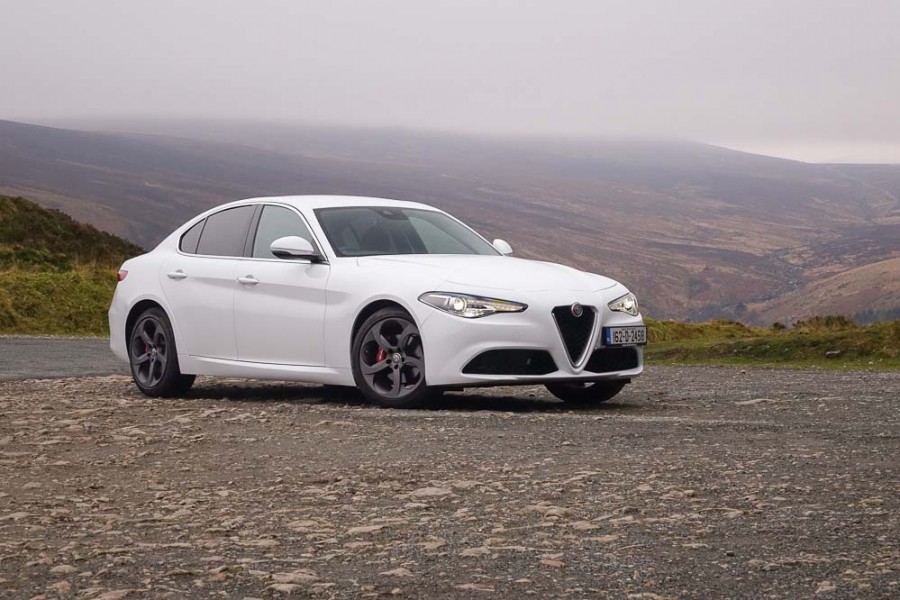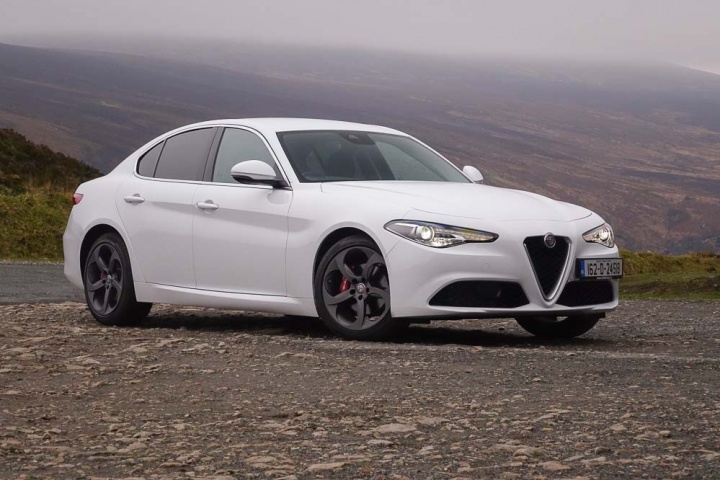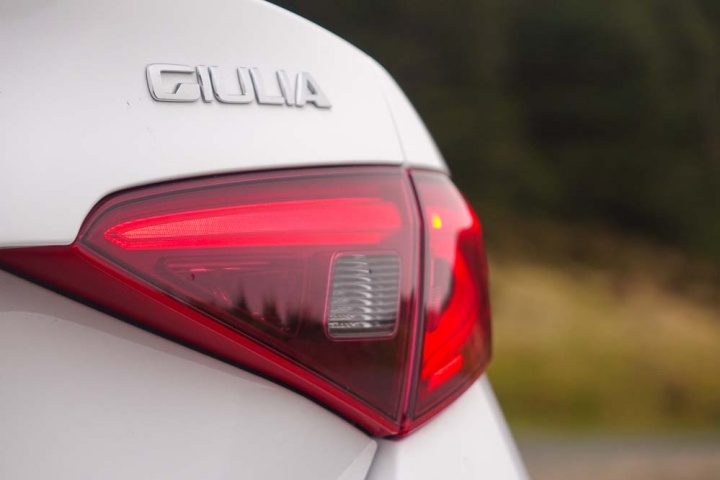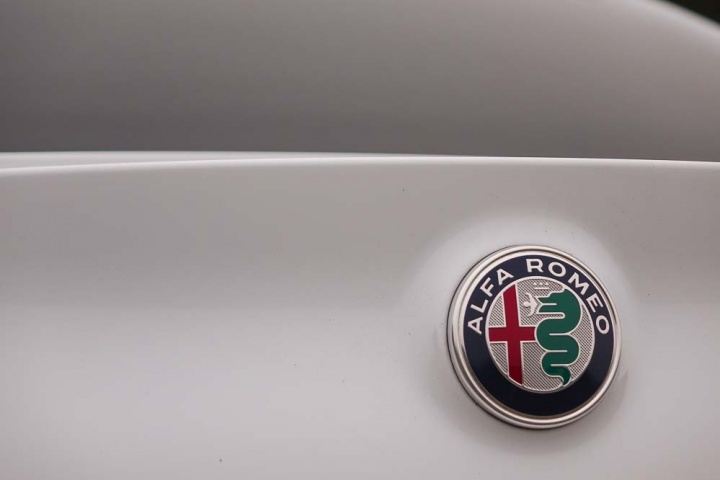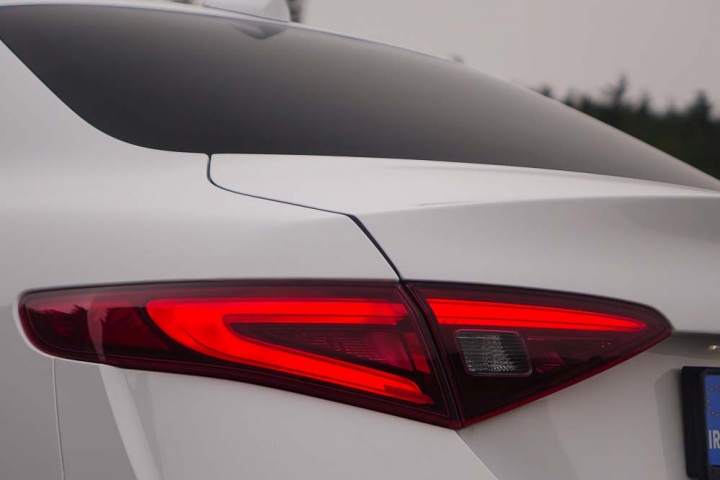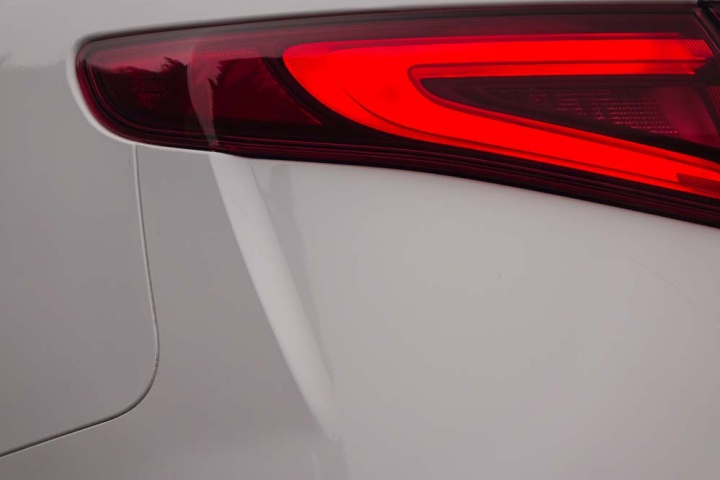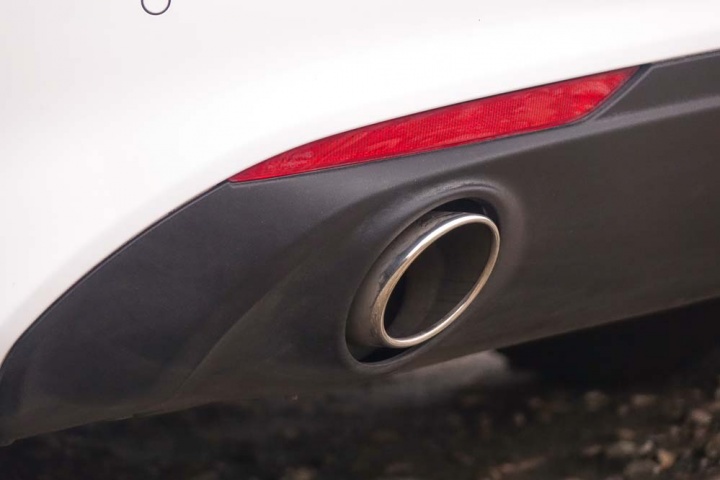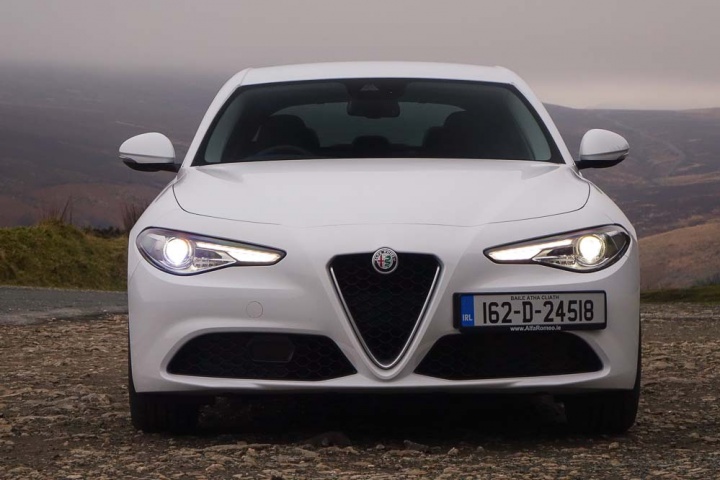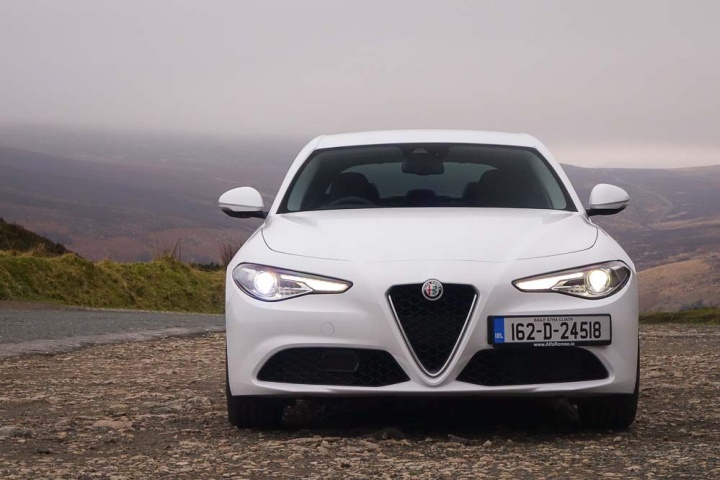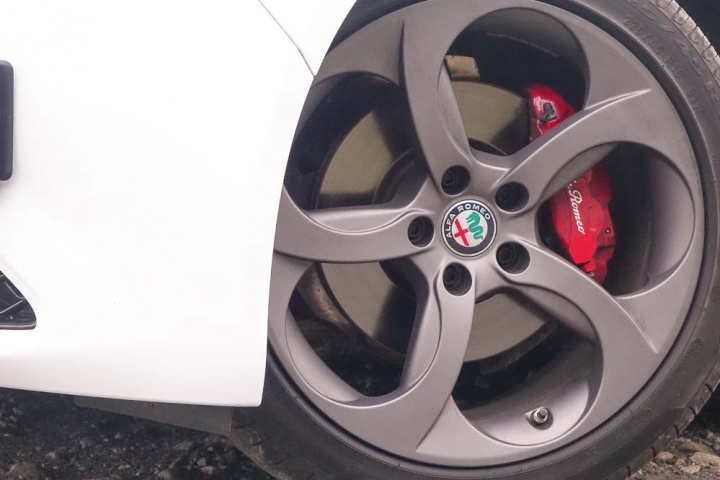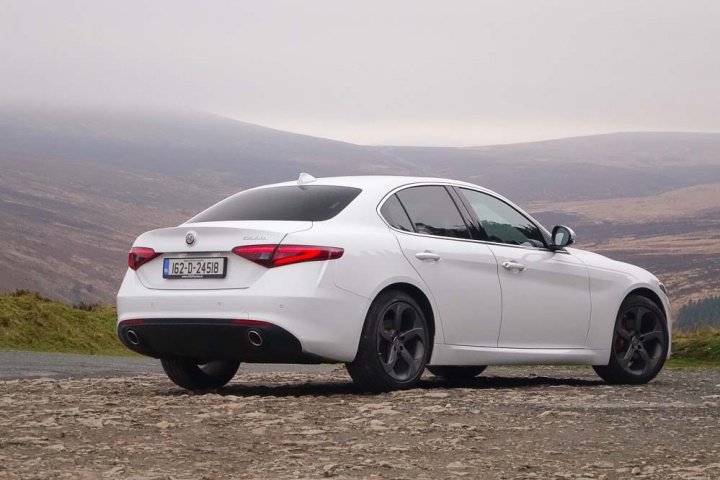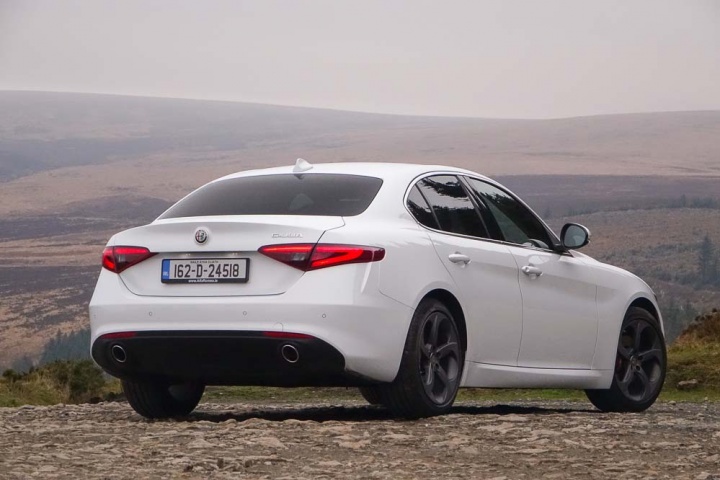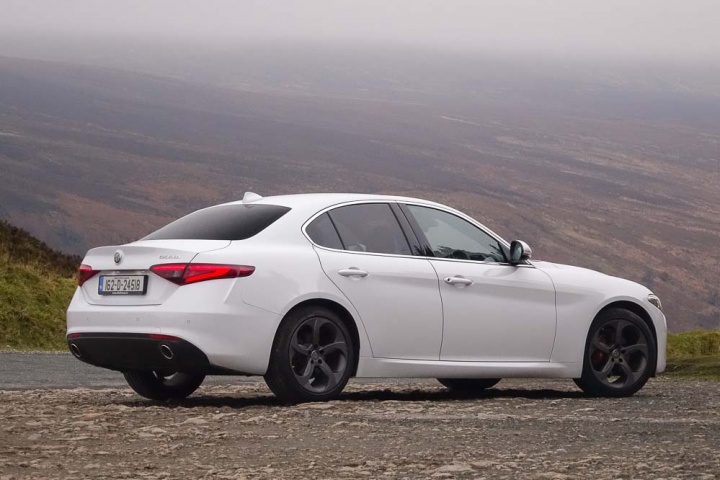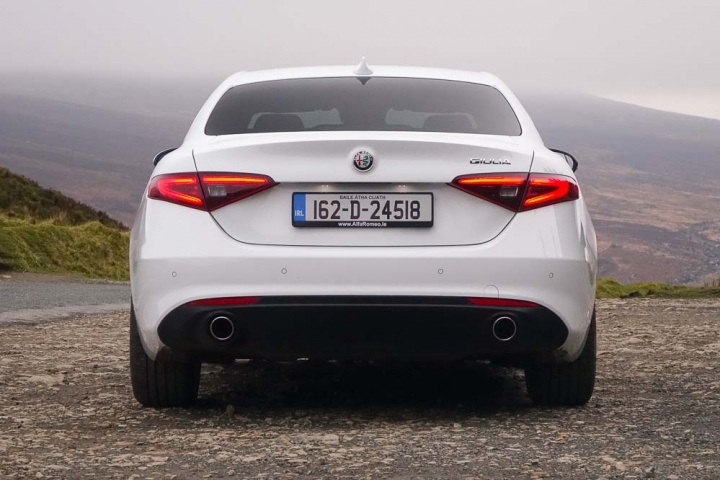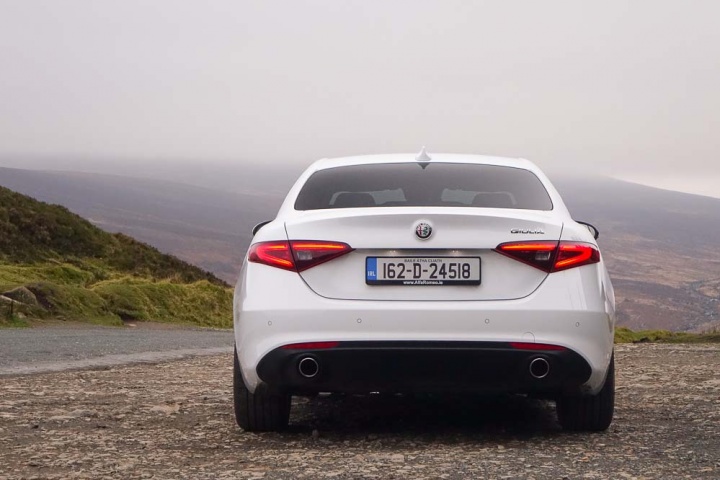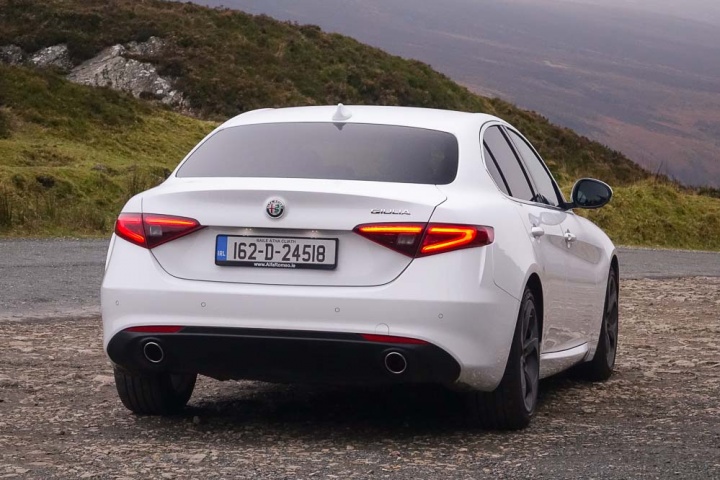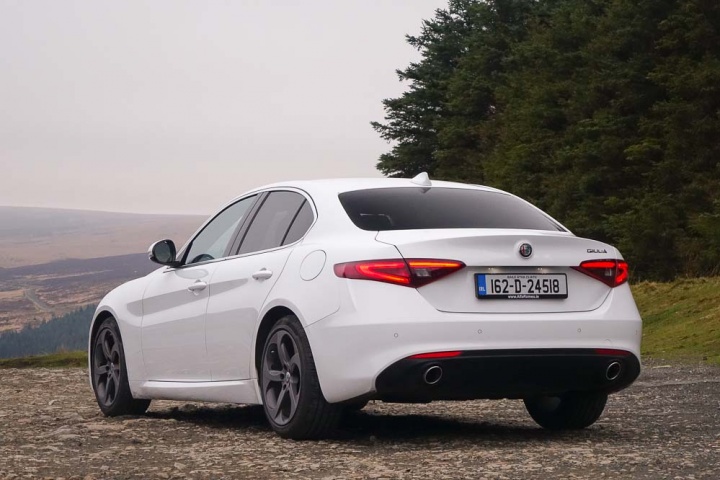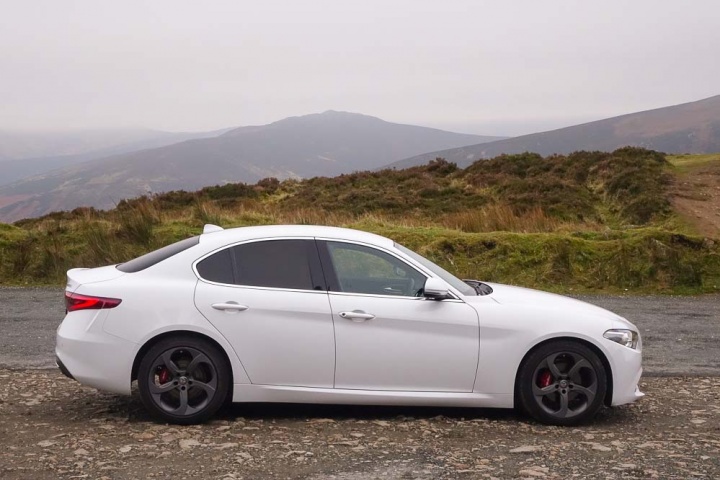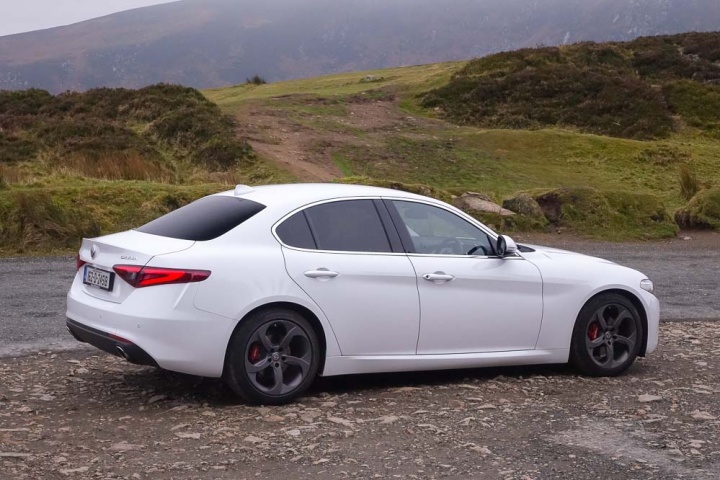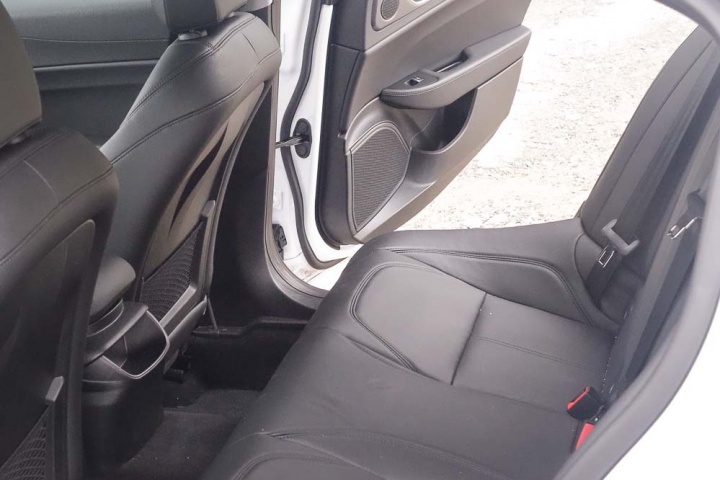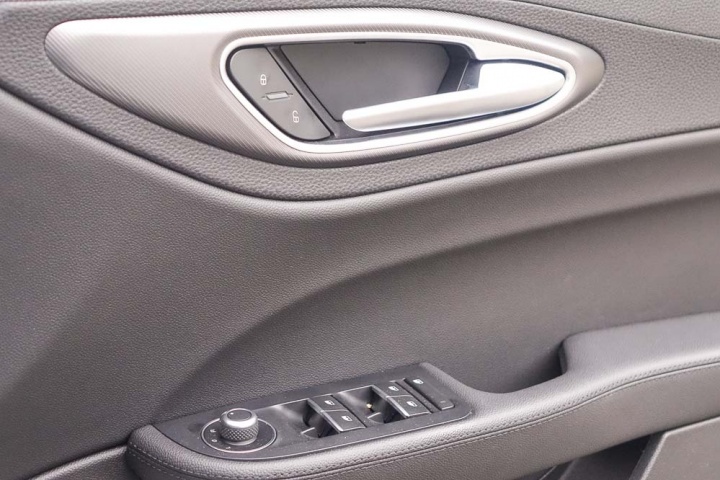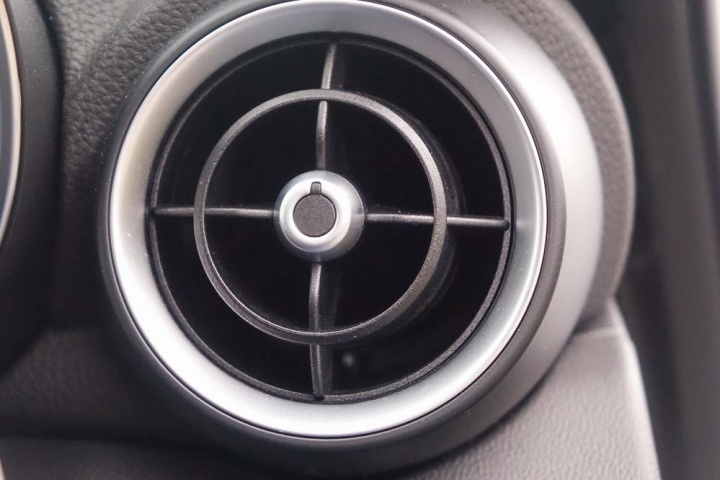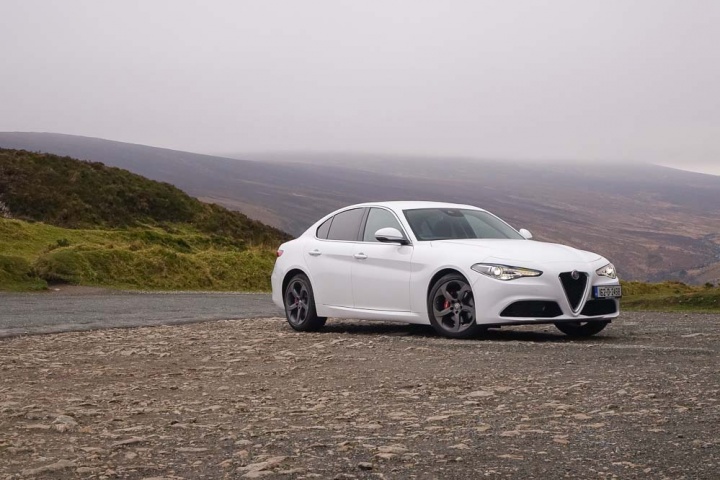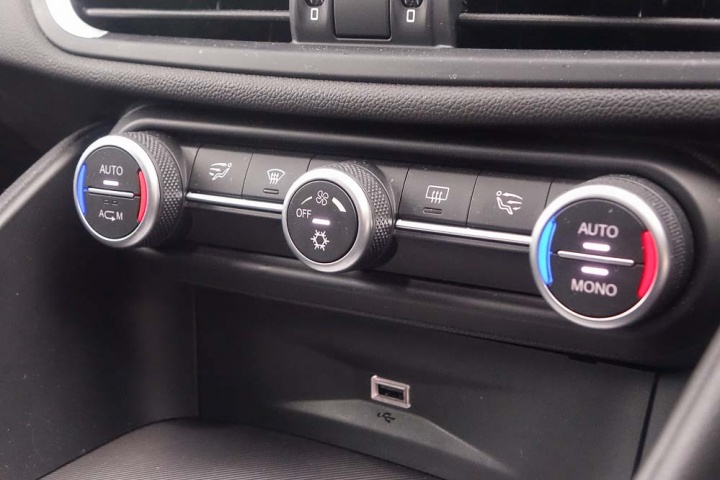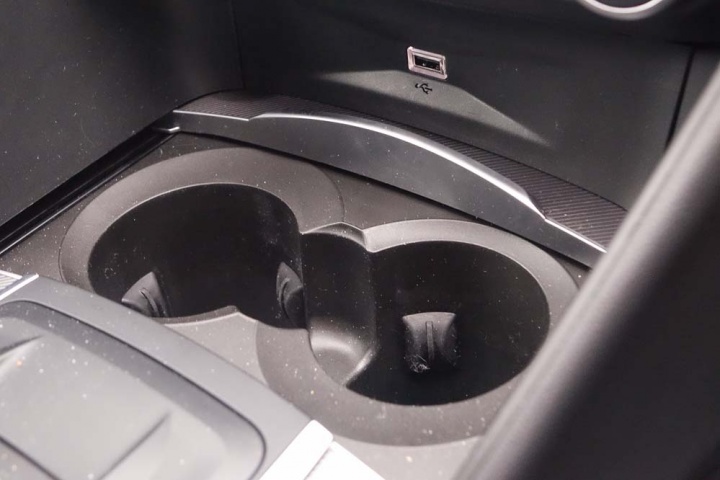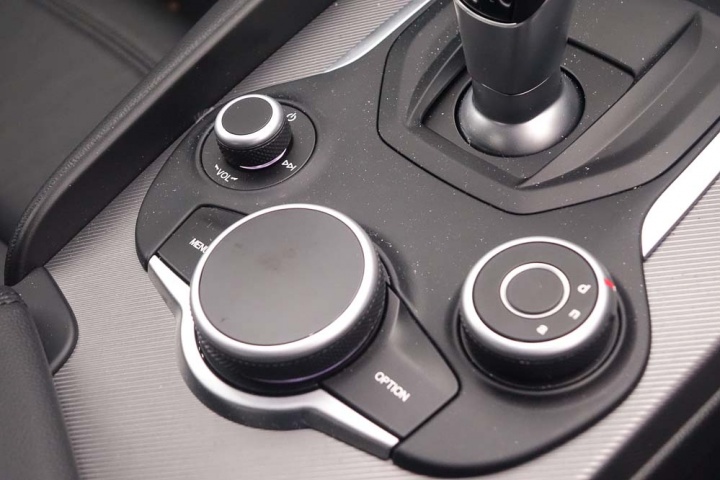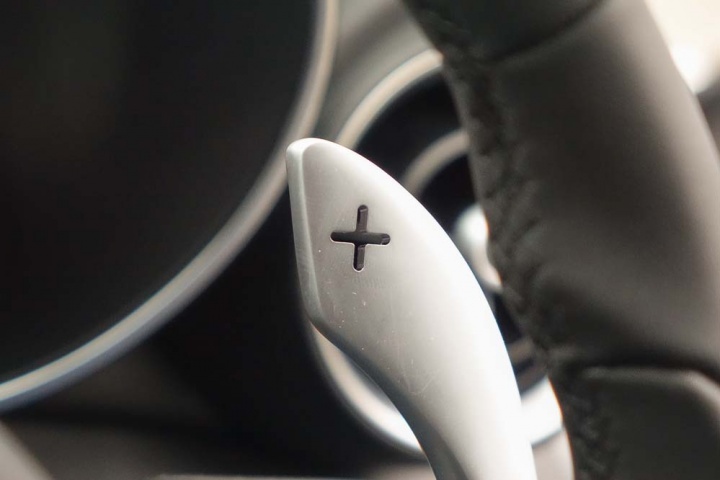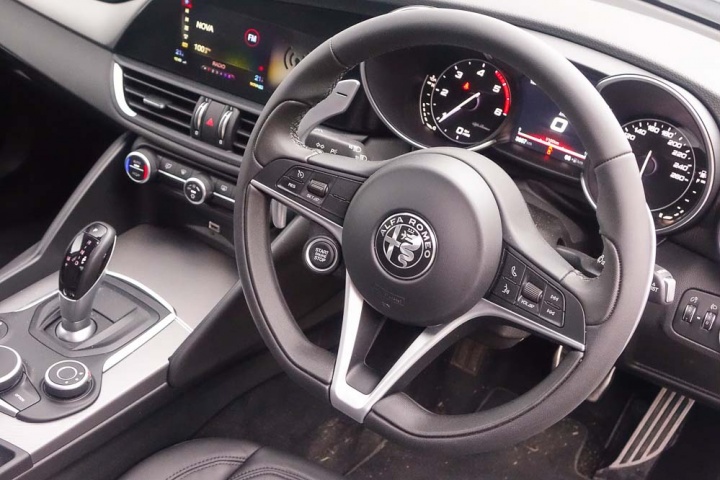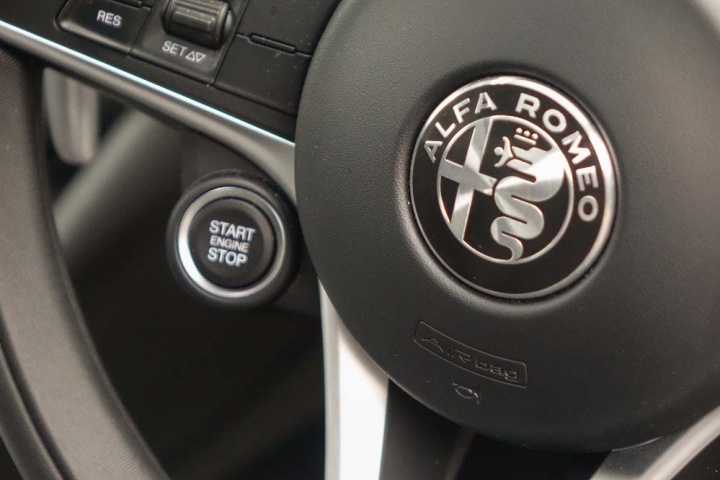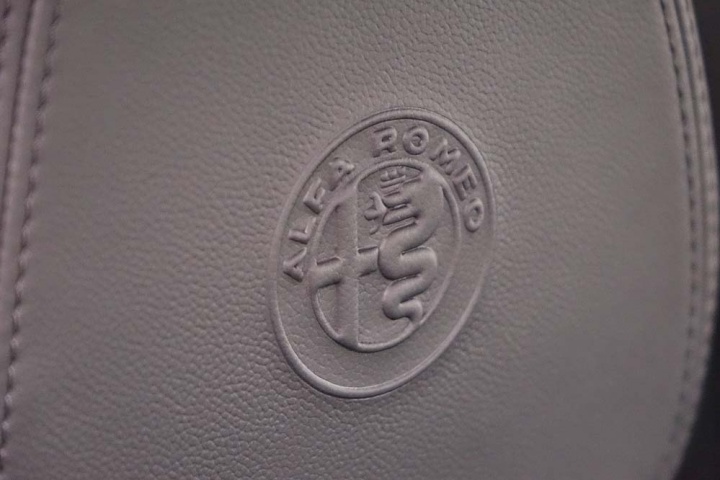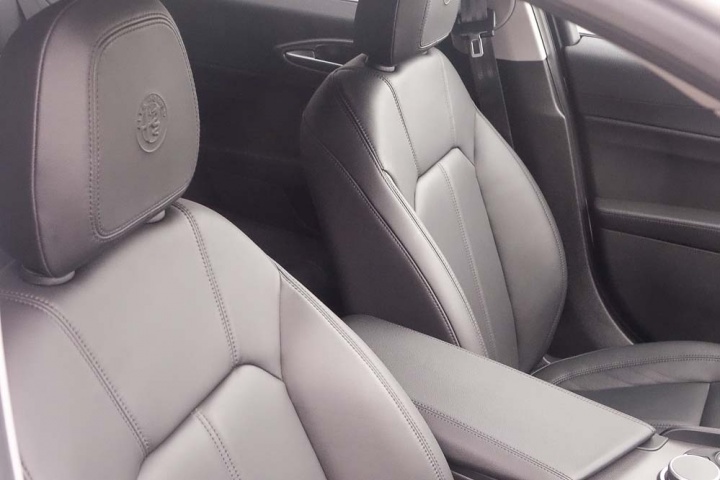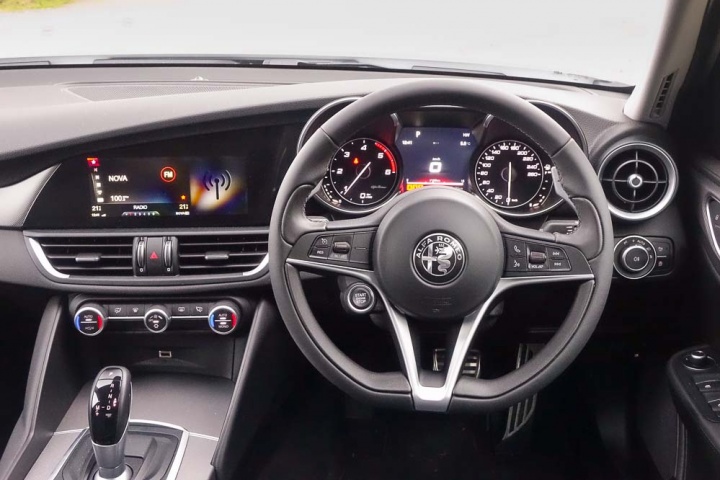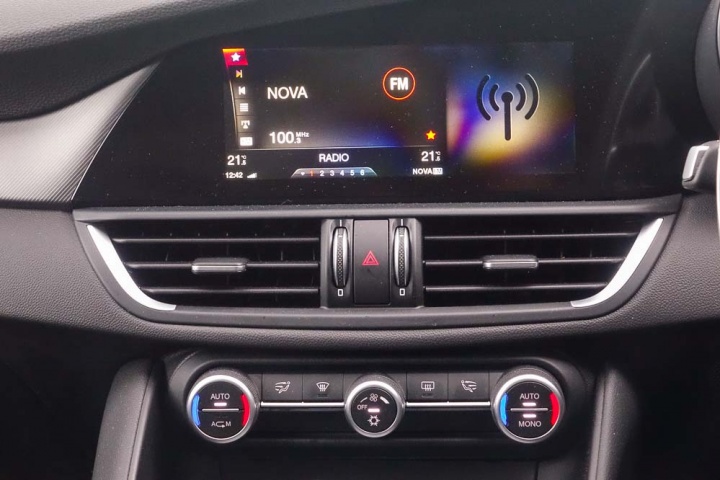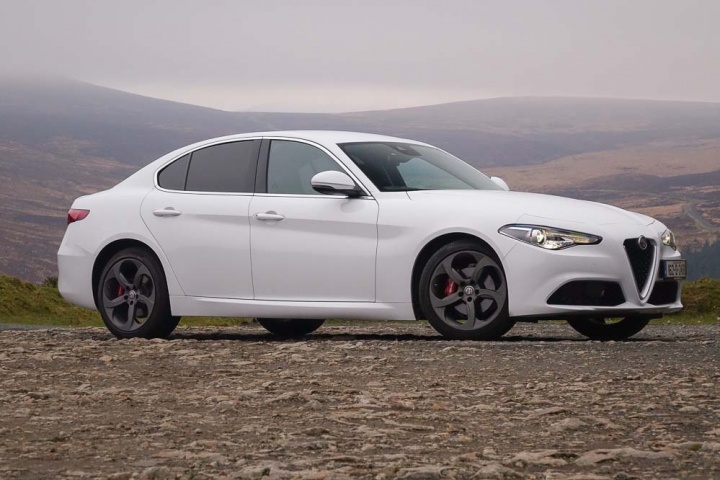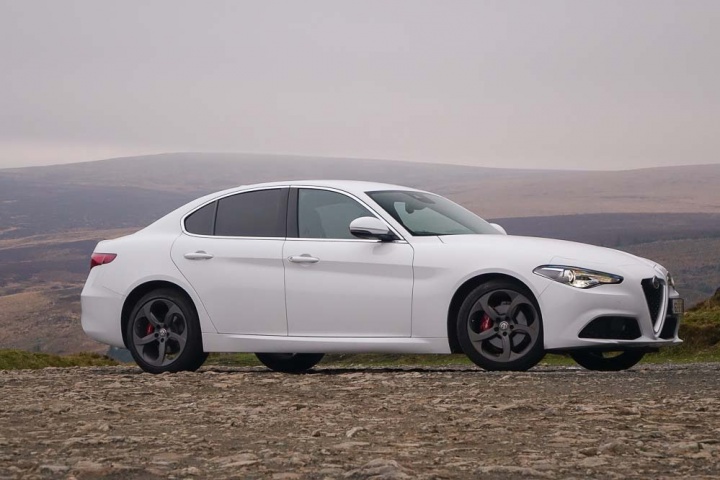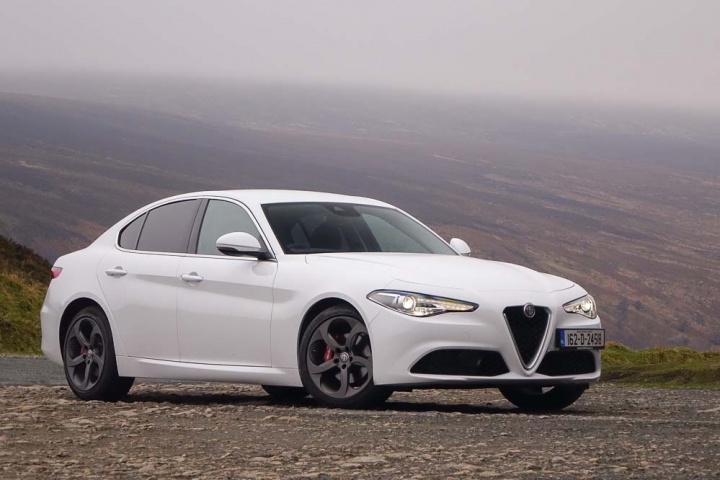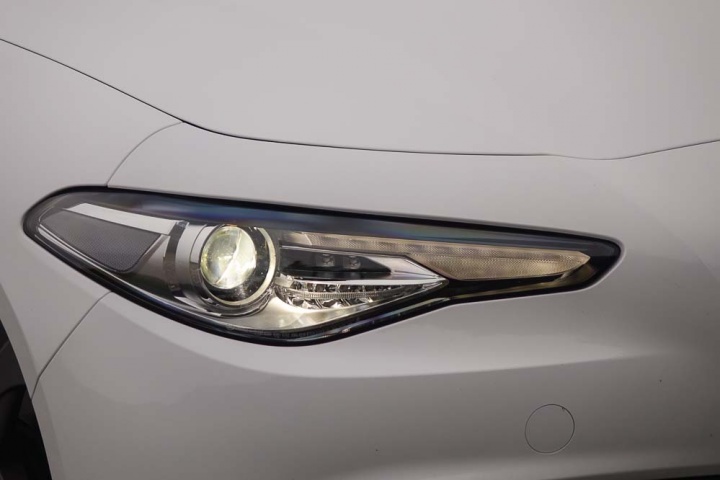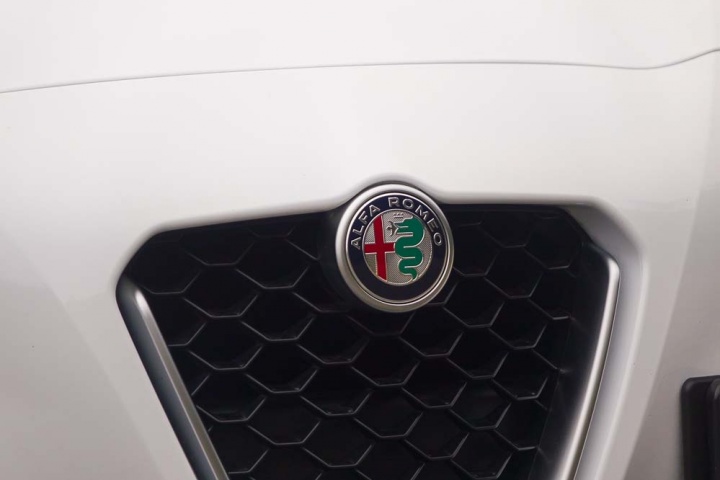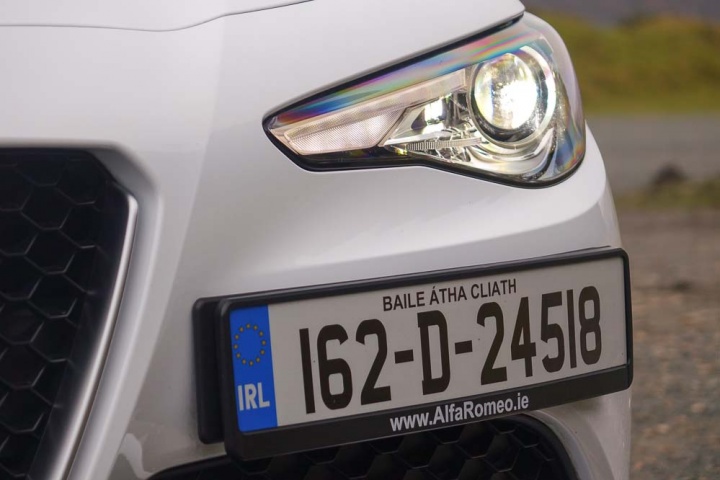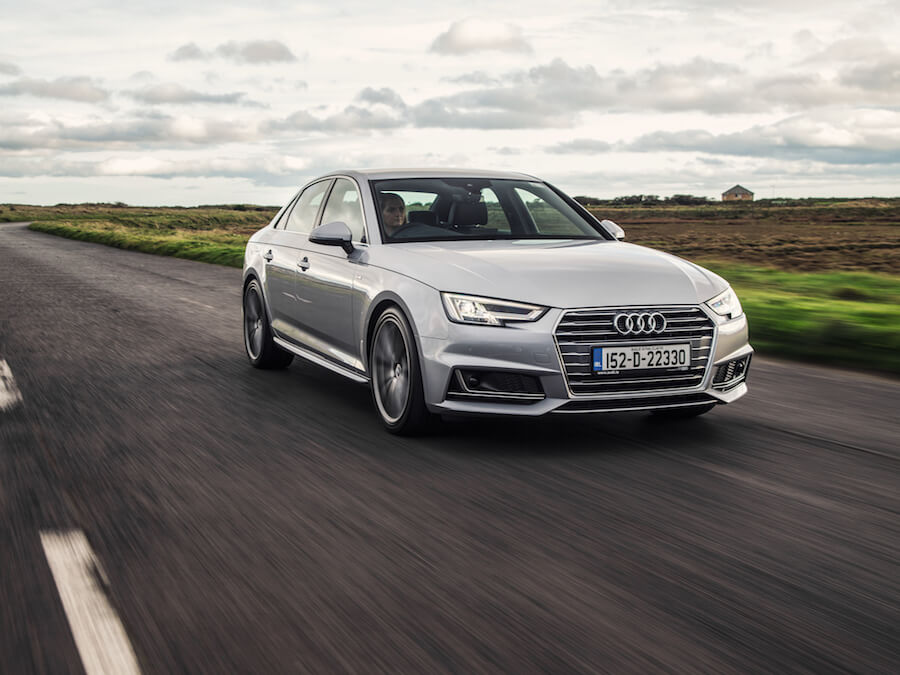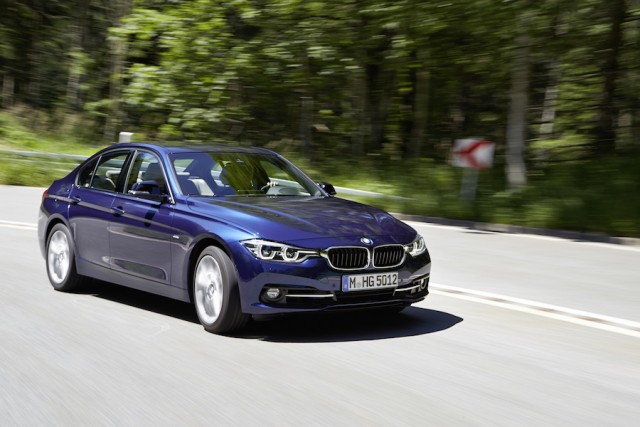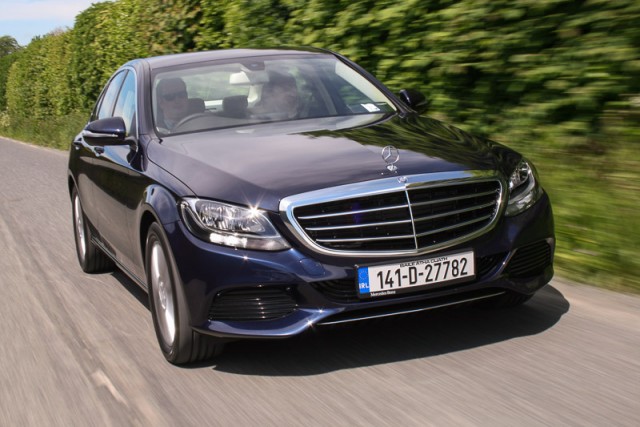Good: handsome, poised chassis, good quality.
Not so good: some cheap cabin items, could be more frugal.
So, has Alfa finally done it? Has the oft-wayward Italian brand created a car that can hold its Milanese head high amongst the competition from Stuttgart, Munich and Ingolstadt? Has Alfa Romeo, at long last, made a car that can be taken sufficiently seriously that its plans for a four-fold expansion in sales in the next half-decade actually be a realistic goal?
Maybe.
Actually, definitely-maybe and maybe-maybe because there are two sides to this issue. One is making a car that is in and of itself good enough. The other is selling it, to which we shall come in a moment.
For a start though, Alfa has most definitely made a car that is worthy of your consideration if you're shopping in that BMW 3 Series, Audi A4, Mercedes-Benz C-Class area. It has been a long, long time coming (its predecessor, the criminally-overlooked 159, went out of production in 2012), but here at last is a really well-developed, well-executed Alfa Romeo saloon.
The Giulia (pronounced Julia, but with more expressive hand gestures...) has been delayed more than a train from Maynooth. Originally a conventional front-wheel drive car, it was sent repeatedly back to the drawing board by Fiat-Chrysler autocratic boss Sergio Marchionne. More style, he said. Better quality, he demanded. Rear-wheel drive, he decreed.
It's that switch to rear-drive that has probably contributed most to the Giulia. The platform it uses, shared kinda-sorta with the Maserati Ghibli, is immensely stiff and strong, and you can feel that from the moment you first turn a wheel. This is, almost without question, the best-built Alfa we have ever driven. Those worried that the mad and wayward all-carbon Alfa 4C sports car would have shoved Alfa down a road of being too harsh and too way-out are thankfully wrong. It's almost sober.
It's even sober on the outside. Good looking, certainly, and with obvious overtones of BMW 3 Series in the silhouette to try and more easily tear those wedded to their German saloons away from Der Vaterland, but not quite so striking as Walter DaSilva's 156 nor Giugiaro's 159. Handsome, yes. Pretty? Not quite.
Inside, the story is much the same. Quality levels are very good (bar one or two glitches that we'll speak of momentarily). There's a long undulating sweep of very high quality dashboard that curves from the side of the instrument binnacle over to the sixties-style bullseye air vent in front of the passenger. The main dials are big and clear, and if the central infotainment screen looks a little oddly shallow, then at least it works well and connects easily to the smartphone of your choice (surely the defining judgement of all vehicle interiors these days). The seats, in the Super Sport model, are a touch flat, but generally comfortable, and the steering wheel is possibly the best bit of the cabin. Three-spoked and with a dark-chrome Alfa badge at the centre, it looks and feels great and the Ferrari-style ignition button dangling from the underside of the centre is a nice touch. Better still, behind it are the best gearshift paddles you will find in any contemporary car. Big, and made of actual, real metal, they look and feel fabulous and make the manual gearshift flaps of most of the competition look and feel appallingly cheap.
Sadly, appallingly cheap also describes the click-wheel, mounted down on the centre console, which controls the infotainment and navigation. For a part of the car you're going to be touching a lot in an average drive, it really isn't good enough, with a loose, slack movement and a cheap 'clack' sound every time you press it. A small thing perhaps, but for a car that spent as long in development as this, you should expect better. The same goes for the door bins that also feel cheap to the touch.
Thankfully, you can then turn your attention back to the pleasingly tactile ignition button and fire up the 2.2-litre 180hp (there's a 150hp version too) diesel engine. Having first tried this newly developed unit in a Jeep Cherokee about 18 months ago, I was worried that it would prove far too noisy and unrefined for the Alfa. Thankfully, my worries were mostly unproven. The Giulia's engine is, in refinement terms, behind that of the Audi A4's 2.0-litre TDI, but about on a par with the BMW 2.0d. A touch noisy when started from cold, it soon settles down into a reasonably well contained diesel grumble that rarely disturbs your ears. Overall refinement isn't quite so good with noticeable wind noise around the mirrors and a touch too much tyre roar, but it's within the acceptable bounds of the class.
Performance is fine, but nothing more so. While 180hp sounds good and 450Nm of torque even more so, after robust initial acceleration, performance tails off a bit and you're better off just using the higher gears and letting that torque do the work. Economy is a bit disappointing, though - we were unable to get the Giulia to return much better than 45mpg on average, which is significantly worse than most of its rivals.
Handling, however, is a Giulia strong suit. Obviously, starting with a 'proper' rear-drive chassis was beneficial, but those hoping for gratuitous tail-out drifts around roundabouts will be disappointed. The Giulia is tuned for stability and there's apparently no way of switching off the electronic nannies entirely, so efforts to get that 450Nm to elicit a squirm from the rear are for naught.
The steering is terrific though. It's not bursting with feel, but it's not bad in that respect, and in terms of speed it's hard to beat. In fact, it's so fast geared and so keen to get the nose into a corner that at first it can feel a touch twitchy. Your wrists and palms soon adjust though, and the Giulia actually displays terrific poise and precision on a cross-country drive. The ride quality is fine - ever firm and a touch compromised at low speed by those gorgeous, grey 'telephone-dial' alloys, but well controlled and comfortable at higher speed. Again, that immensely stiff, solid chassis helps, allowing the suspension to be more accurately controlled. As good as a 3 Series? Pretty much, yes.
So, Alfa really has done it. It has made a car that can bear direct and unflinching comparison with a BMW, Audi or a Mercedes. Yes there are flaws, but they are minor, easily fixable ones compared to the flaws of Alfas of old, flaws that were less a mild annoyance and more liable to leave you stranded at the side of the road with your wiring loom on fire. The Giulia has excellent handling, a decent engine, very good quality and considering that an automatic gearbox comes as standard and that there's no down-tuned basic version to compete with a BMW 316d, it's well-priced too.
Which leads us to the second part of the question. Will it actually sell? The Giulia is good enough, in and of itself, to do so, no doubt about that. But Alfa is dealing with a decade or more of mismanagement, of customers who've wandered away to other brands, of a shrunken dealer network and an unlovable reputation for customer care. All of these must be tackled and are in many ways harder to overcome than the challenges of making a competitive car. The engineers in Milan have done their job, though. And done it well.

